From the hunter-gatherer tribes of eons ago to the modern societies of today, people have always exchanged things with one another. The only difference is the ease and convenience in which they do it. It is due mostly to technological development.
Currently, four digital technology trends in the trade industry are data protection, remote access, e-documentation, and online services.
Data Protection and Financial Security
In the digital age in which we live, one vital factor all businesses should consider is data protection. From customer purchasing trends to user profiles and transactional records, the value of information is now more important than ever before.
As a result, one of the main features all companies should have is a software-based security program. An example is the ServiceNow security operations platform, a system that allows enterprises to not only automate workflows but also optimize business processes and diminish risk.
This is especially true in the trading industry, an industry in which there are thousands, if not millions of local and international transactions conducted daily. The amount of global monetary movement is enormous. As such, financial security is crucial for any business involved in the exchange of goods and services, especially those with cross-border functionality. A mistake or security breach can cause a slew of disastrous consequences for a company including financial loss and an irreparable dent to its reputation.
Remote Access, Control, and Automation
When we talk about the trade industry, we often refer to manufacturing companies with factories and service facilities in various locations worldwide. Let us take, for example, a car manufacturer from the US, Japan, or Germany. Its head office is probably located in Detroit, Tokyo, or Munich.
But, most of its factories are nowhere near these cities. Instead, they function in countries as diverse as China, Brazil, Mexico, and Bangladesh. It means that operations have to be controlled remotely. Of course, engineers and top-level executives can travel back and forth, making sure these factories are functioning well. Still, this is both inefficient and costly.
In a year like this one, where the covid-19 pandemic has wreaked havoc on a world scale, it is also dangerous. Hence, having remote access tools to control and maintain heavy machinery combined with analytics processes that provide real-time information is a must.
Another aspect to look into is AI and automation. If a machine can control itself and adjust based on specific circumstances, and there is no need for human supervision, it doesn’t matter where it is. It could be in the middle of the jungle and still function even if there isn’t a person or a computer for miles.
Documentation and Legal Processes

For those with experience in the export and import business, terms like FOB, CIF, EXW, and CIP might sound familiar. If you are not, they represent international commercial terms, a set of generally-accepted rules defining the responsibilities of both buyers and sellers when engaging in the transfer of goods and services overseas.
If you have ever been to a port or trading dock, aside from giant boats, containers, and people running all over the place, what you will see most is paper. Bundles upon bundles of documents are exchanged between ship captains, trade officials, regulators, warehousing services providers, business owners, and accredited trade-related law enforcement officers. Even in the 21st century, this is still happening.
Enter blockchain technology and the digitalization of official documents. Along with a paperless environment with a much smaller room for error, blockchain allows for a safe, reliable, private environment connecting all parties involved. When one paper is signed, all those who need to see it will do so, while those who don’t won’t have access to it. The result is a seamless process that benefits everyone.
The Trade of Services
Trade is not just about exchanging tangible products like a computer, a telephone, or a jacket. It also involves the sales and acquisition of services. One example is a Spanish teacher living in Beijing teaching an online lesson to a Dutch student planning a trip to South America. Another could be a starting entrepreneur in Canada hiring the services of a web designer in Delhi or Manila.
In the past, this could only be done face to face. Currently, collaboration, presentation, and video-conferencing platforms are not a luxury but a pressing need. It is true for both providers and consumers. If I want to hire a virtual assistant, I need to be able to train him in the relevant procedures and software. If I am a virtual assistant, I also need to know this and to stand above the completion.
From the creation of ships and airplanes, technology has always influenced the trading industry. As we further into the realm of digitalization, perhaps one day, these same ships and airplanes that changed our lives will no longer exist.






